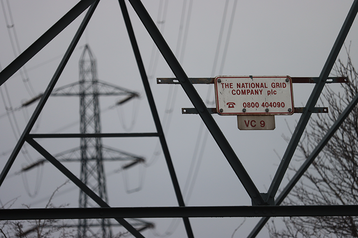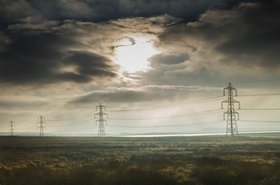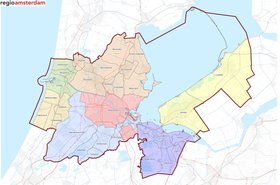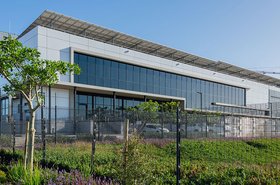The UK government plans to invest £960 million ($1.1bn) in green industries and overhaul the country's power network.
The government claimed that its 'connections action plan' would cut average grid connection delays from five years to six months, releasing up to 100GW of capacity.
The time it takes to build high-voltage power lines is expected to go from 14 years to seven.
Instead of a ‘first-come, first-served’ system, the country will switch to a ‘first-ready, first-connected’ approach. This gives the grid the power to remove speculative and slow-moving projects from the queue and allow viable projects to connect when they are ready.
As for the £960m, it will go to improving advanced manufacturing capacity in net zero sectors such as offshore wind; energy networks; carbon capture, usage and storage; hydrogen; and nuclear.
"A spatial energy plan and accelerated planning consent will bring clarity, authority, and urgency to what needs to be built and where," National Grid chief executive John Pettigrew said.
"The connections action plan will deliver fundamental reforms needed to enable us to plug clean energy projects in faster, and build on the progress already being made."
The government has also accepted a program of reform recommended by the Electricity Networks Commissioner to build new networks faster. This will support the delivery of up to 50GW of offshore wind power by 2030 and 24GW of new nuclear by 2050.
In the government's press release, the move was welcomed by Microsoft VP of external affairs Hugh Milward: "We urgently need to build the next generation of infrastructure that will see the UK economy grow and thrive.
"The measures announced today are precisely the kind of energy policies that will unlock a wave of additional domestic and international investment."
The moves come as data center developers have competed with houses for connections in the UK, with three West London boroughs saying that it would take a decade for grid connections to allow them to build new houses after data centers took up remaining power.





